Egypt A 4,500-year-old diary by a captain who helped build the Great Pyramid of Giza details the daily activities, wages and meals of his workers.
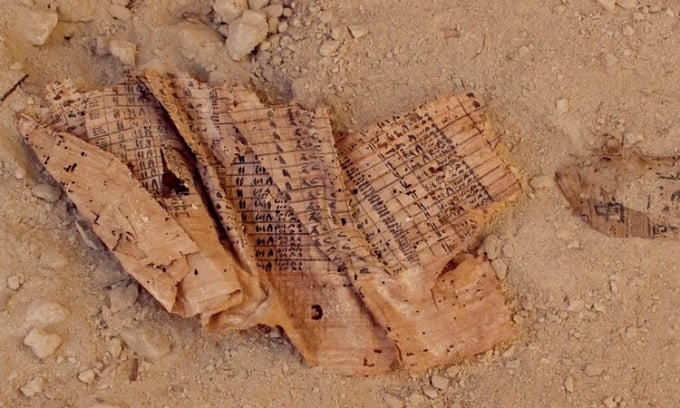
The arid conditions in Wadi al-Jarf helped preserve the Merer papyrus. Photo: The Past
Located on Egypt's Red Sea coast, Wadi al-Jarf was a bustling hub more than 4,000 years ago. Its historical importance was reinforced in 2013 when researchers discovered 30 of the world's oldest papyrus scrolls hidden in man-made limestone caves there. These Red Sea Scrolls are particularly significant for their content. Not only do they reveal Wadial-Jarf's past as a bustling seaport, they also contain firsthand accounts from a man named Merer, who helped build the Great Pyramid of Giza, according to National Geographic .
The Wadi al-Jarf site was first discovered in 1823 by British tourist and antiquarian John Gardner Wilkinson. In 2008, French Egyptologist Pierre Tallet led a series of excavations that identified Wadi al-Jarf as an important seaport dating back 4,500 years to the reign of Pharaoh Khufu, who built the Great Pyramid. Tallet's team discovered that Wadi al-Jarf was a vibrant economic center, with pyramid building materials being traded from as far as 150 miles away. Archaeological evidence comes from Merer's diary, which is among the papyrus scrolls.
Wadi al-Jarf consists of several different areas, stretching over several kilometers between the Nile and the Red Sea. From the Nile, the first area, about 4.8 kilometers from the coast, contains 30 large limestone caves used for storage. This is where the papyrus scrolls were discovered. Continuing east for another 457 meters is a series of camps and then a large stone building divided into 13 parallel rooms. The archaeologists speculate that this building served as a residence. Finally, on the coast is a harbor with residential and storage spaces. Based on pottery and inscriptions found at the site, the researchers were able to date the port complex to Egypt's 4th Dynasty, 4,500 years ago. They believe the harbor opened under the pharaoh Sneferu and was abandoned at the end of the reign of his son Khufu. Although it was short-lived, it contributed to the construction of Khufu's tomb.
Along with the papyrus, other important archaeological finds at the site reveal the port’s importance. Large structures such as wharfs, 183 meters long, indicate a heavy investment in materials in the area. Tallet and his colleagues also found 130 anchors, indicating a busy port. From the port, the pharaoh’s ships sailed across the Red Sea to the Sinai Peninsula, which was rich in copper. Copper was the hardest metal available at the time, and the Egyptians needed it to cut the stone for the pharaoh’s giant pyramid. When Egyptian ships returned to port, they were loaded with copper. Between voyages, they were stored in limestone caves.
After the Wadi al-Jarf port ceased operations around the time of Khufu’s death, a team from Giza sealed the limestone chamber. During the sealing of the limestone cave, Merer’s papyri were likely trapped between the rocks. They lay in the desert for 4.5 millennia until they were discovered during Tallet’s excavation in 2013. The Red Sea Scrolls were found on March 24 of that year near the entrance to chamber G2. Tellet’s team collected the second and largest set of papyri trapped between the rocks in chamber G1.
The Red Sea Scrolls contain several documents, but Merer's account has attracted the most attention. As the leader of the work crew, Merer maintained a diary of his team's activities. It is a daily record of the work his team did during the three months it took to build the Great Pyramid.
Merer’s team of about 200 workers traveled throughout Egypt and were responsible for all the work involved in building the Great Pyramid. Most notably, the limestone blocks used to clad the pyramid. Merer documented in detail how they collected the stone from the Tura quarry and transported it to Giza by boat.
Merer’s crew would load the limestone onto boats, move it along the Nile, and keep track of the inventory before it was shipped to Giza. A scrap of the logbook describes the three-day journey from the quarry to the pyramid site. The next day, Merer and his crew returned to the quarry to deliver another load.
Merer's diary even reveals that one of the pyramid's architects, Ankhhaf, Khufu's half-brother, served as "chief of all the king's works." Merer also kept careful track of the team's wages. Since Egypt had no currency under the pharaohs, wages were paid in grain, the basic unit being the ration. Workers received more or less depending on their rank. According to the papyrus, the workers' basic diet consisted of yeast bread, flatbread, various meats, dates, honey, legumes, and beer.
Historians have long debated the status of the Great Pyramid’s massive workforce. Many believe the workers were slaves, but the Red Sea Scrolls provide conflicting information. Merer’s detailed wage records prove that the pyramid builders were skilled workers who were paid for their labor.
An Khang (According to National Geographic )
Source link














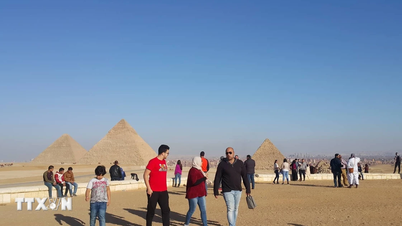


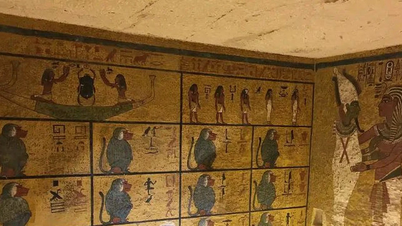
























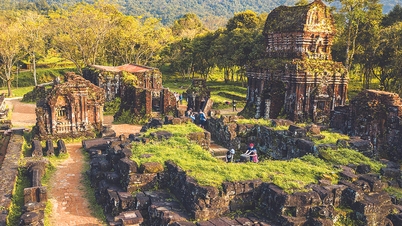

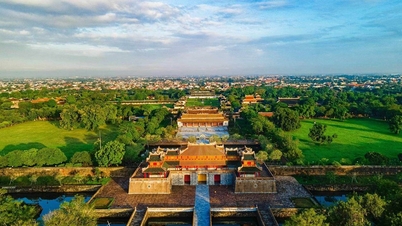















































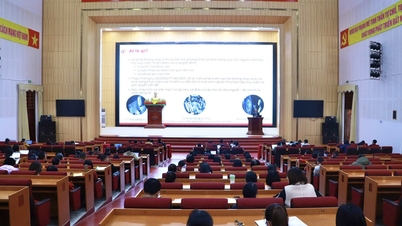














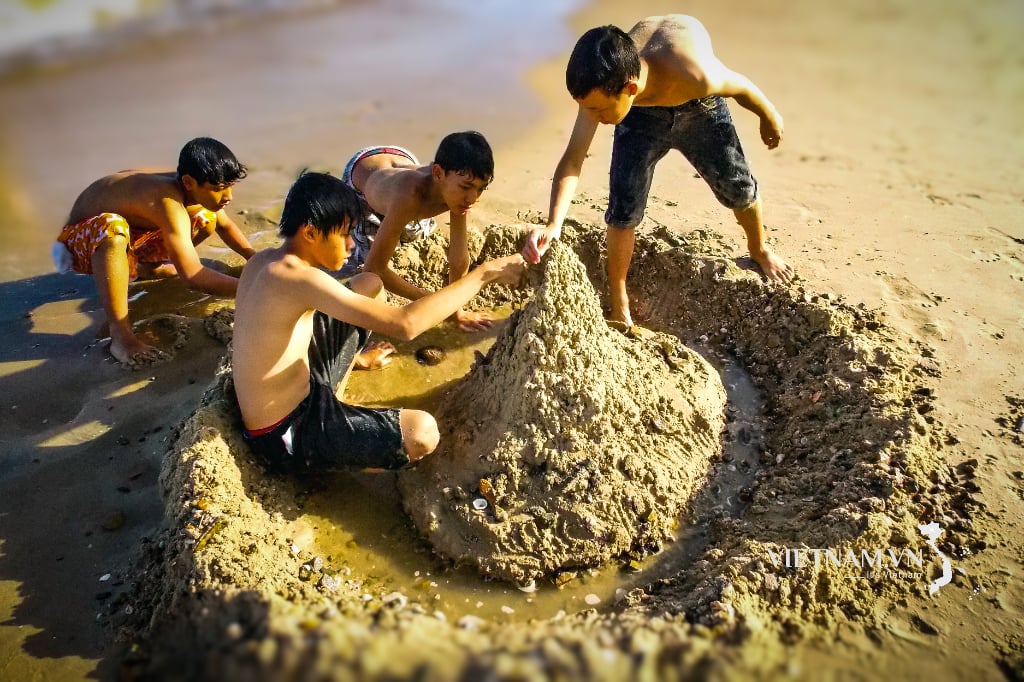

Comment (0)